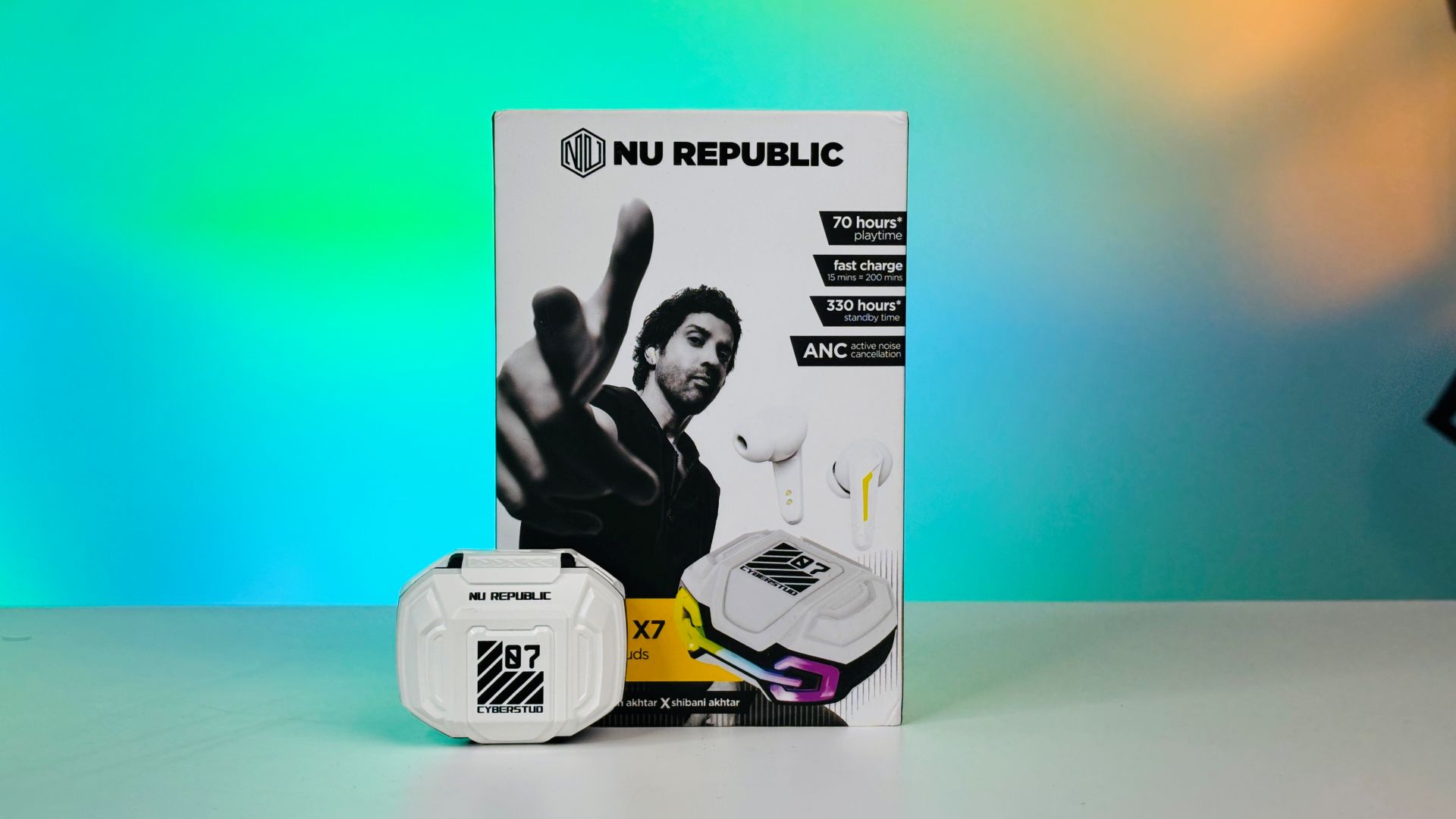2025 has started with challenges for Microsoft, highlighting a potentially risky situation for Windows users. As Google’s Chrome browser continues to outpace Microsoft Edge, another significant concern emerges: the shifting market share between Windows 10 and Windows 11. Despite Windows 10 nearing its end-of-life and only a $30 extended support option available, its market share increased in December while Windows 11’s decreased.
Market Dynamics and User Resistance
As of the last updates of 2024, Windows 11 seemed to be gaining traction, surpassing 35% market share while Windows 10’s share declined. However, this trend reversed within two months, with Windows 10 gaining approximately 3% back, dropping Windows 11 to around 34%. This reversal puts over 65% of Windows users in a precarious position, with their security at increasing risk each month.
Extended Support and Security Concerns
In an effort to manage this transition, Microsoft introduced a final one-year extended support for Windows 10 at a $30 fee, announced on October 31. This move might delay the inevitable security issues without resolving them, as approximately 900 million devices still run Windows 10, and about 400 million of these are not compatible with Windows 11.
The Continuing Challenge
Despite the company’s efforts, the resistance to abandoning Windows 10 is tangible. Many users are either unable or unwilling to upgrade, complicating Microsoft’s push towards a more secure operating system. This reluctance could lead to a scenario where, by fall 2025, more than 70% of the market could be using an outdated OS, with fewer than 30% transitioning to a more secure future.
Environmental and Upgrade Implications
The hesitance to upgrade is also tied to significant environmental concerns, as the eventual disposal of incompatible PCs presents a looming e-waste challenge. The situation is further complicated by users who might bypass the upgrade despite the ability to do so, potentially ignoring the $30 fee and increasing their security vulnerability.
Microsoft has been contacted for comments on these developments. The focus now shifts to the upcoming monthly statistics to determine whether this trend is a temporary setback or a more enduring issue.

























Add Comment